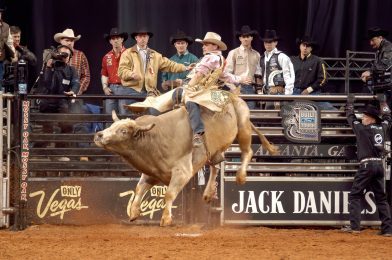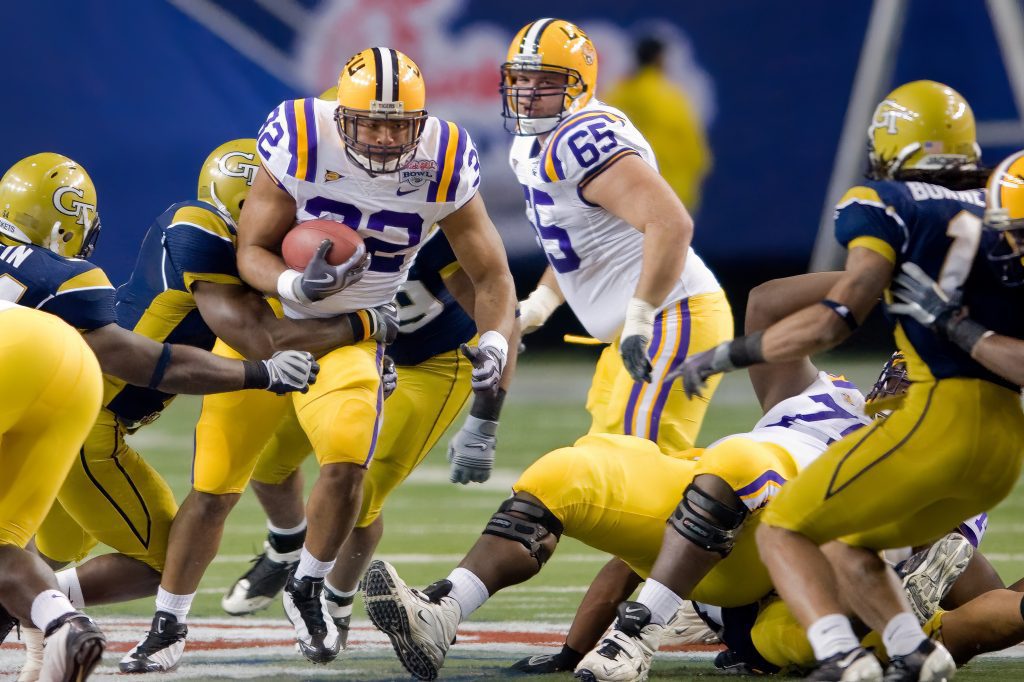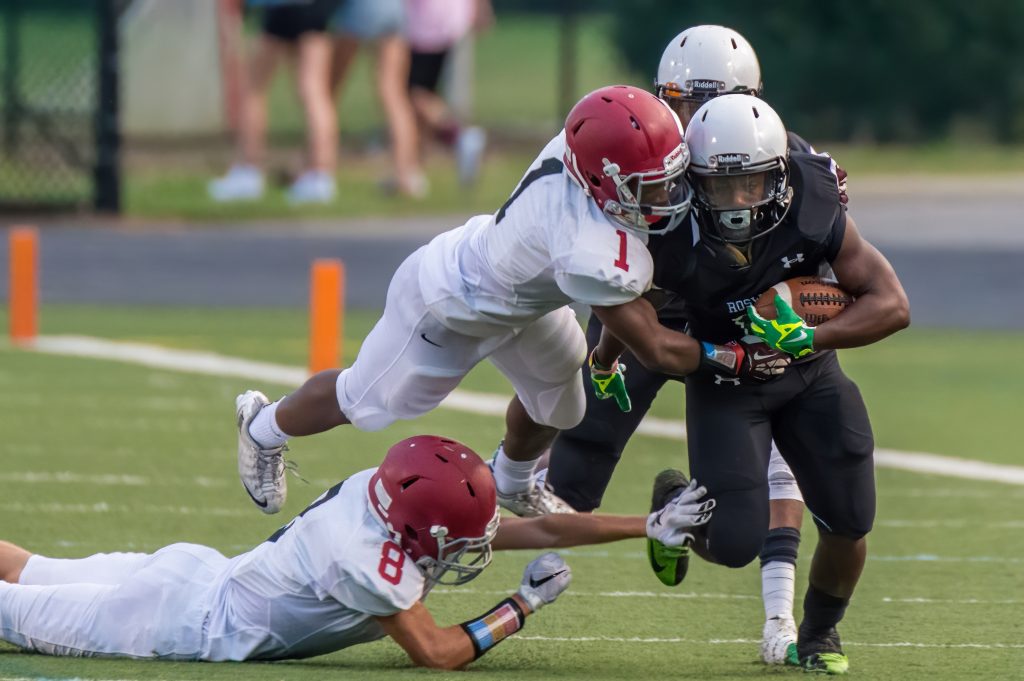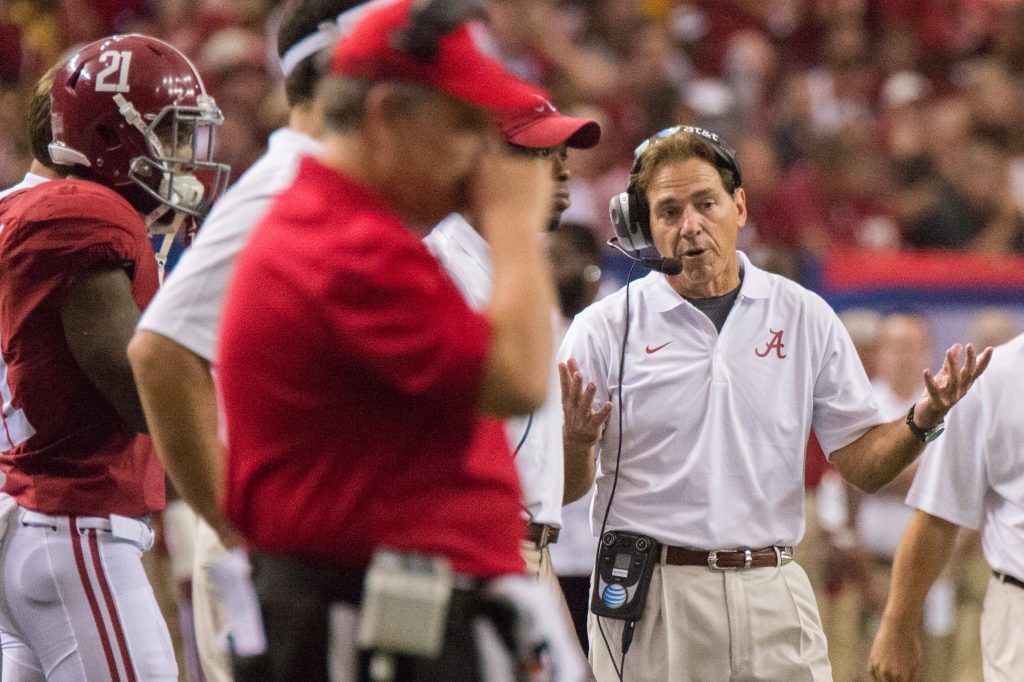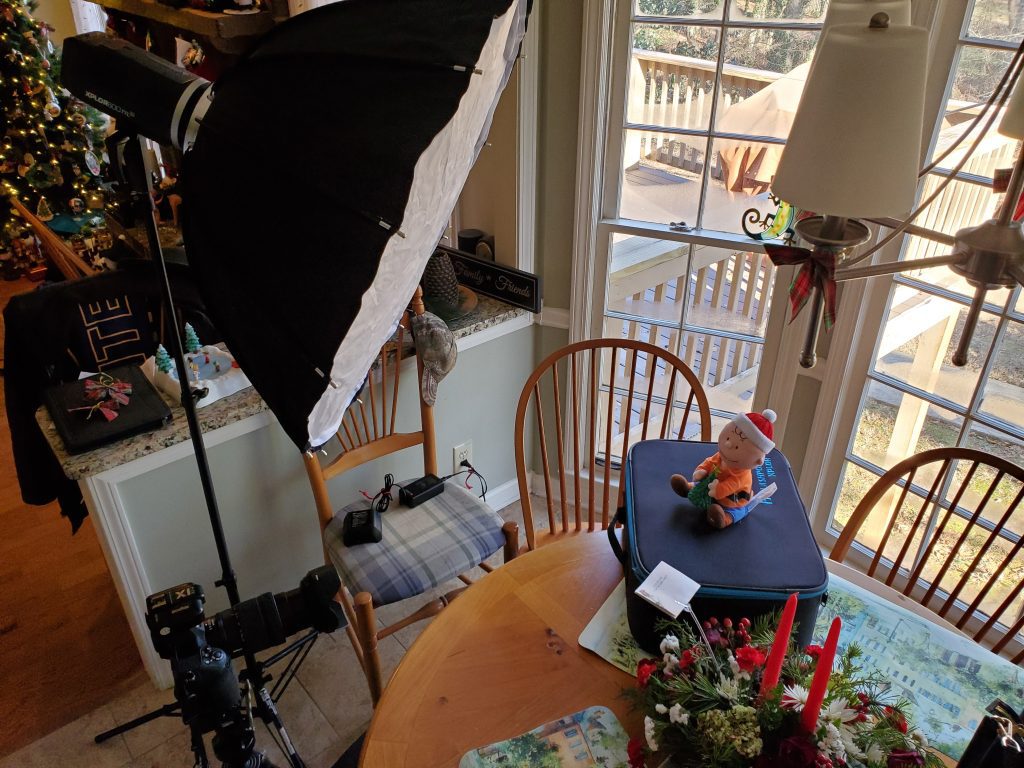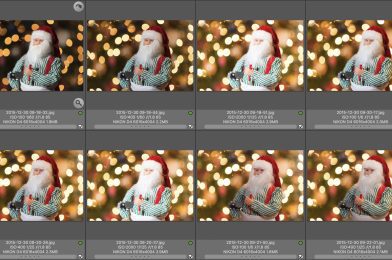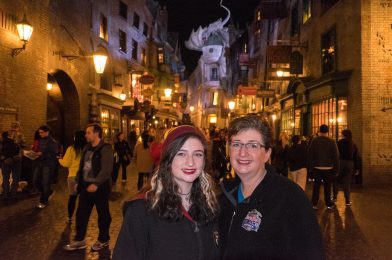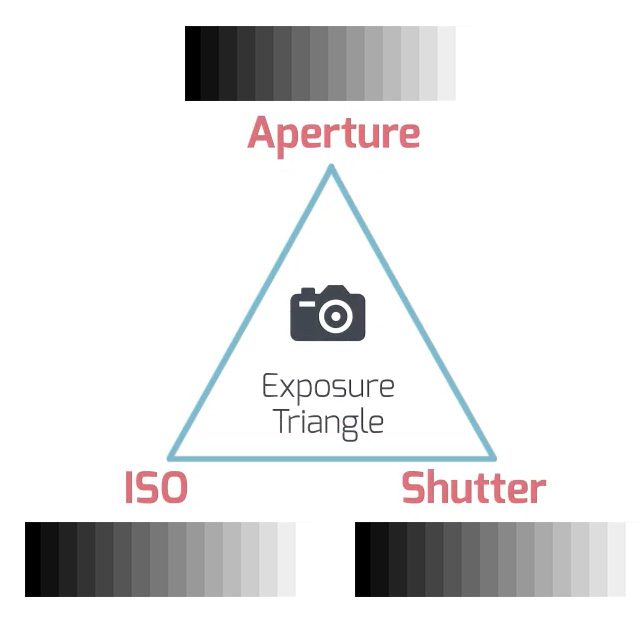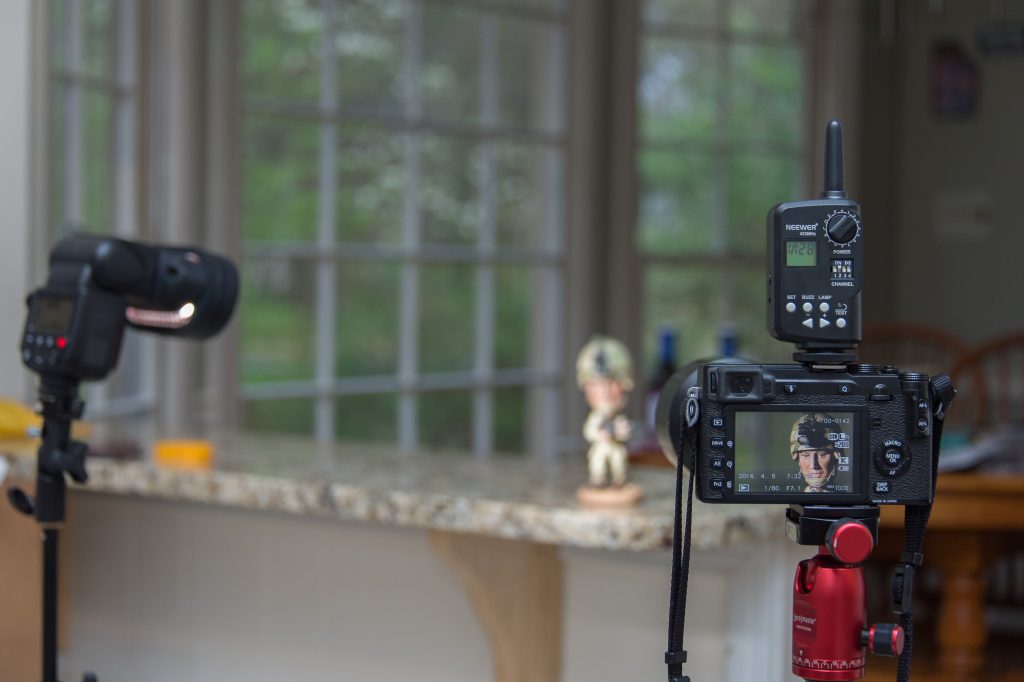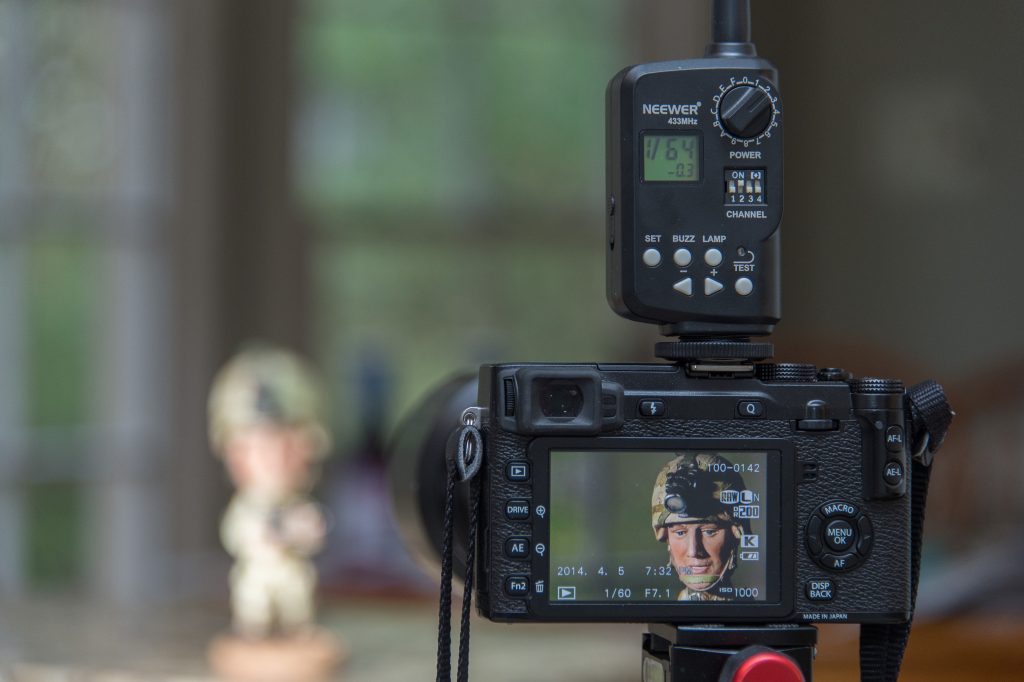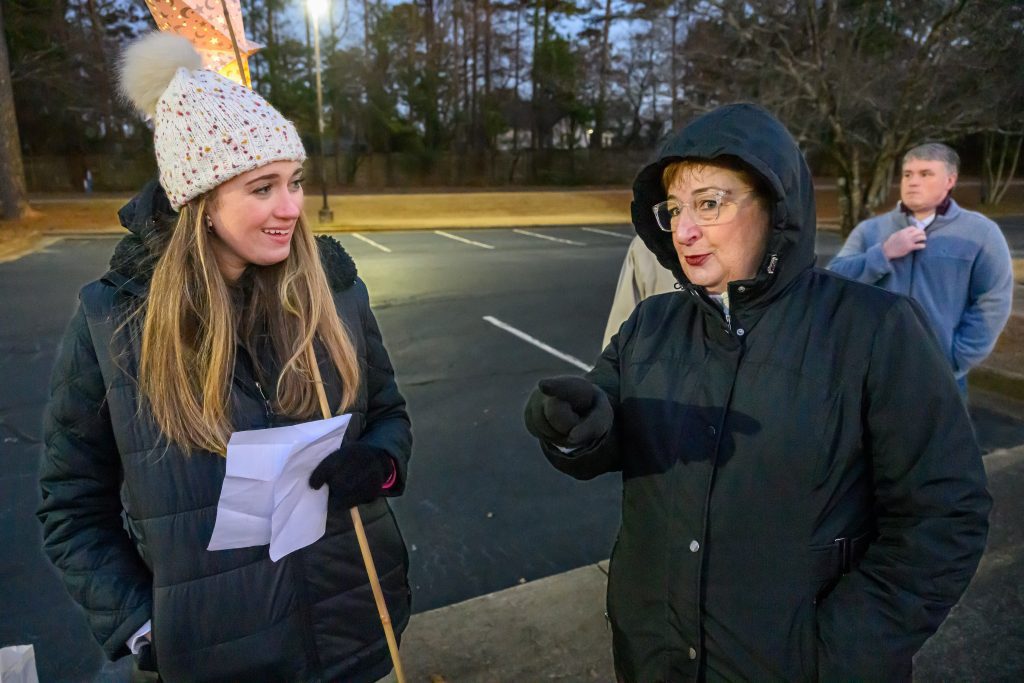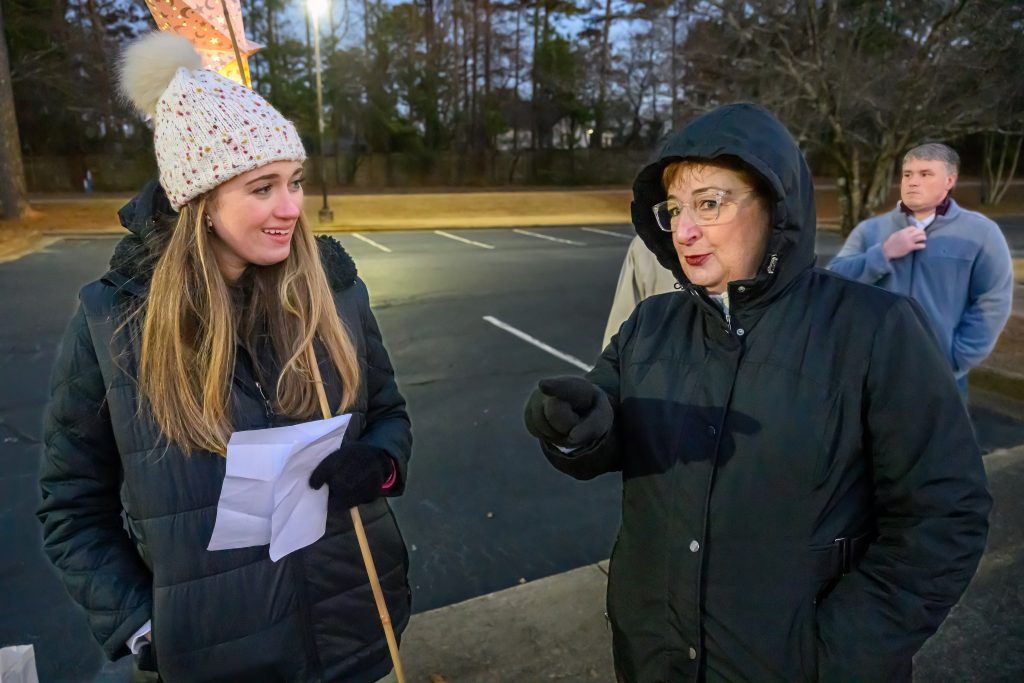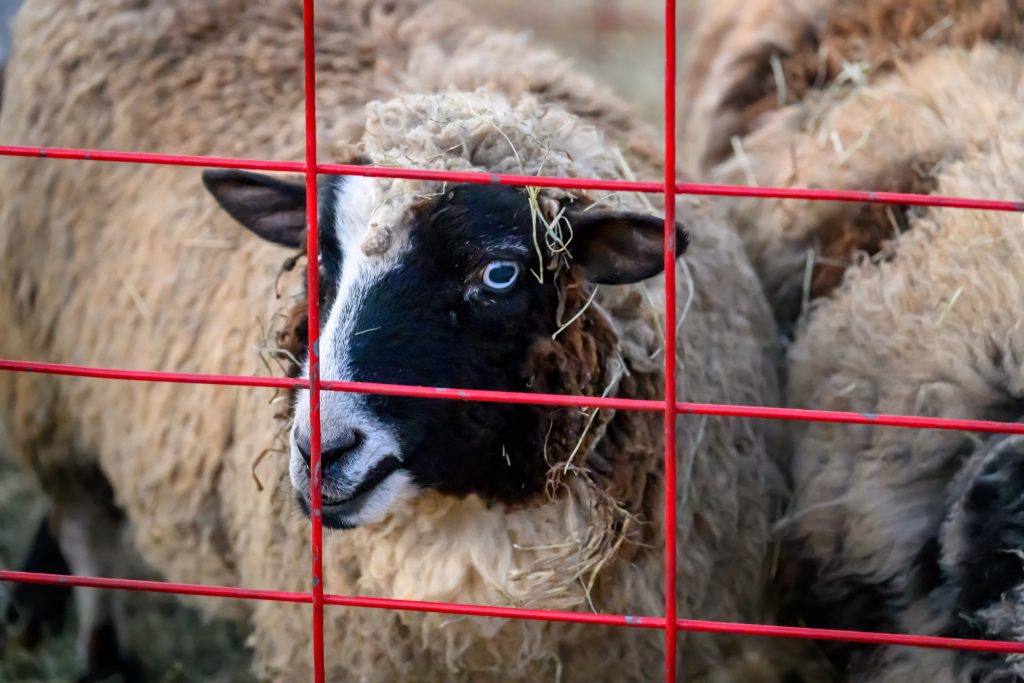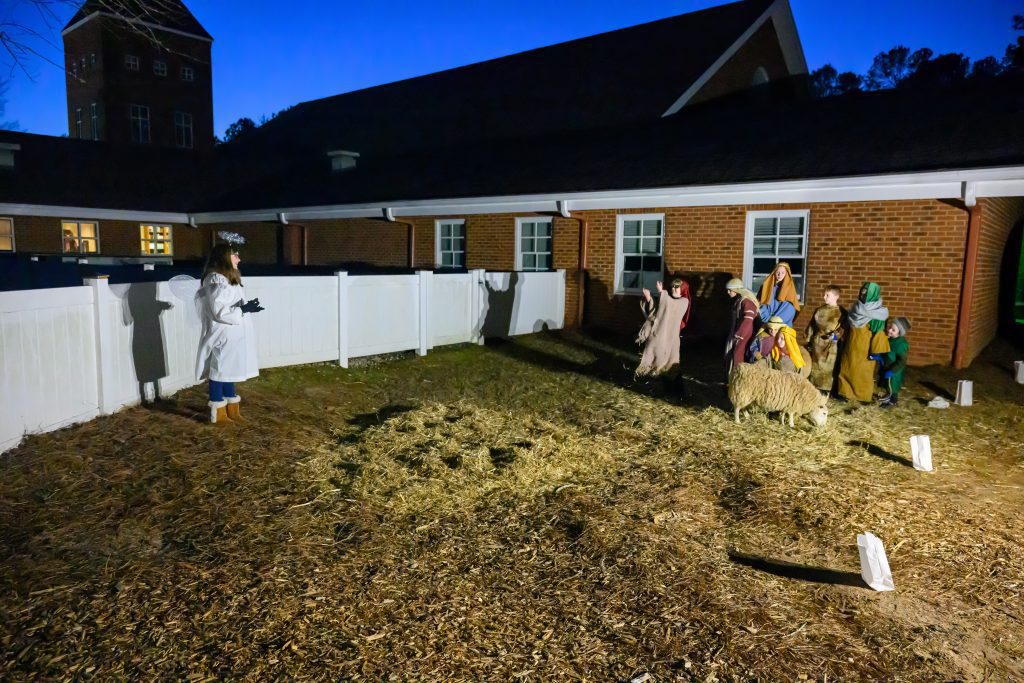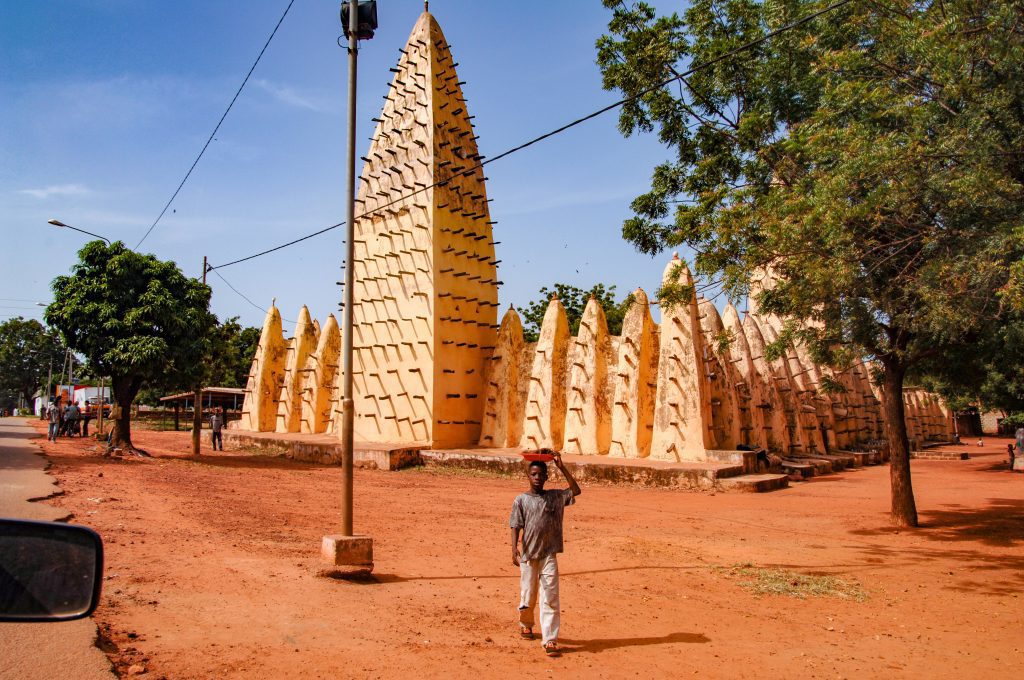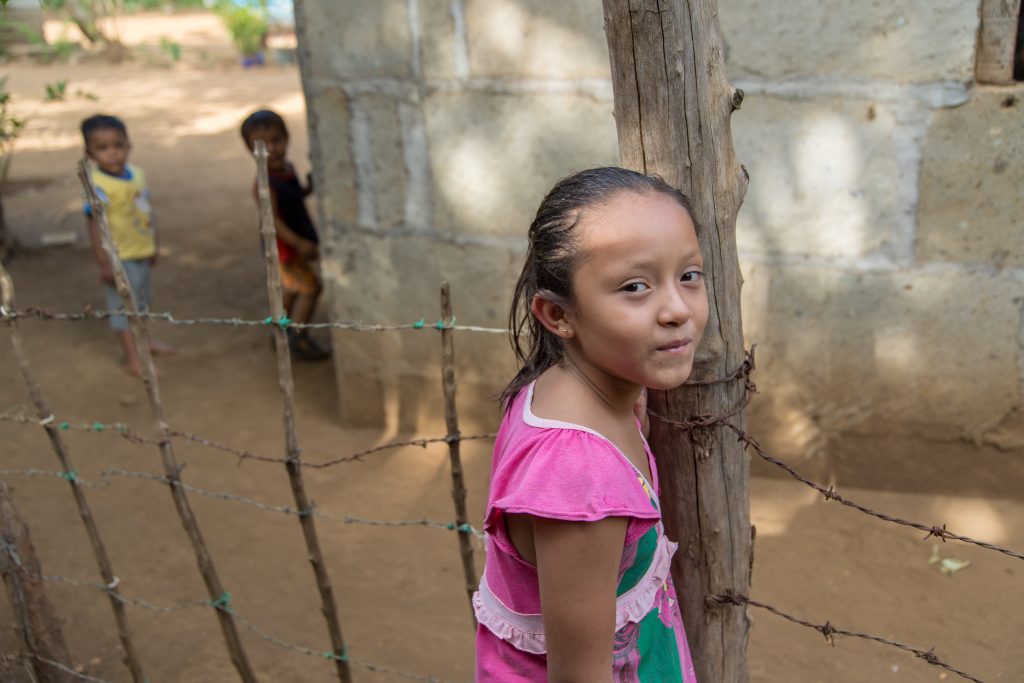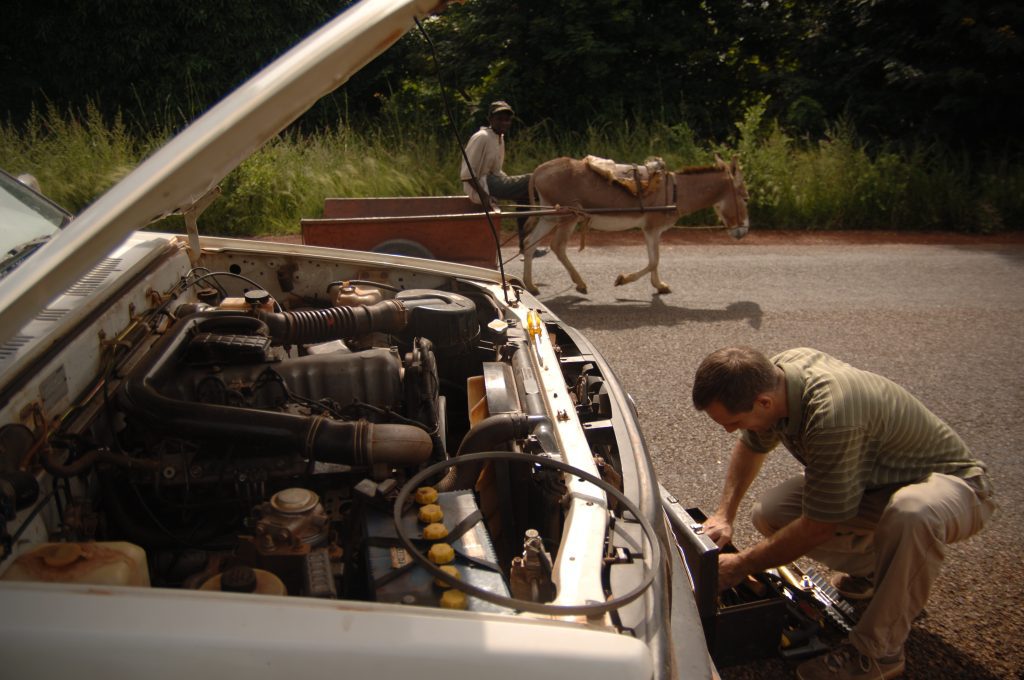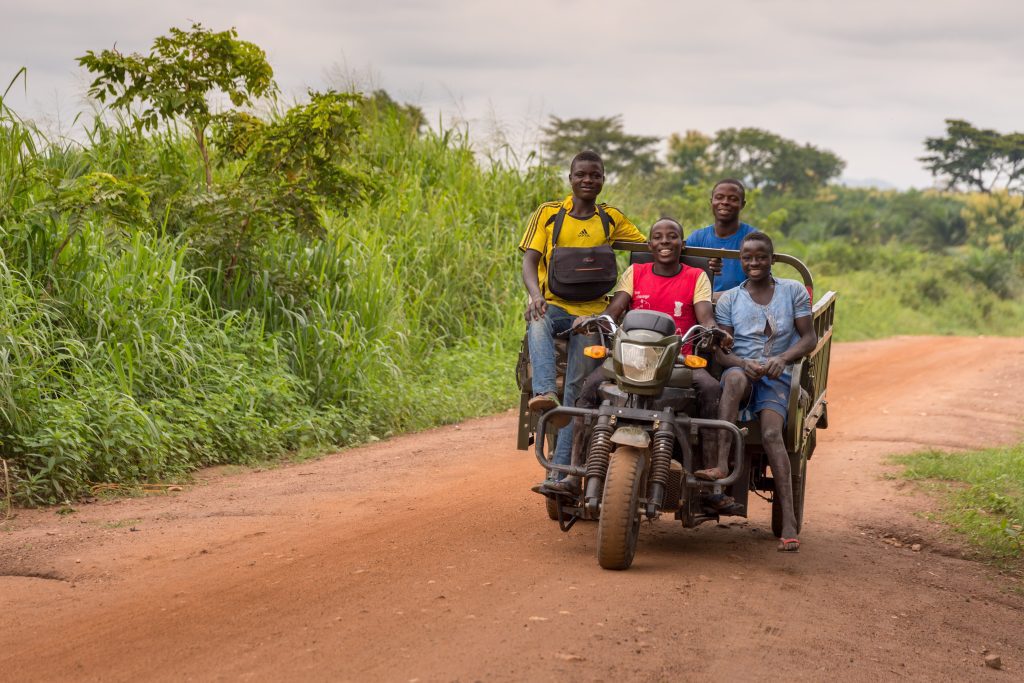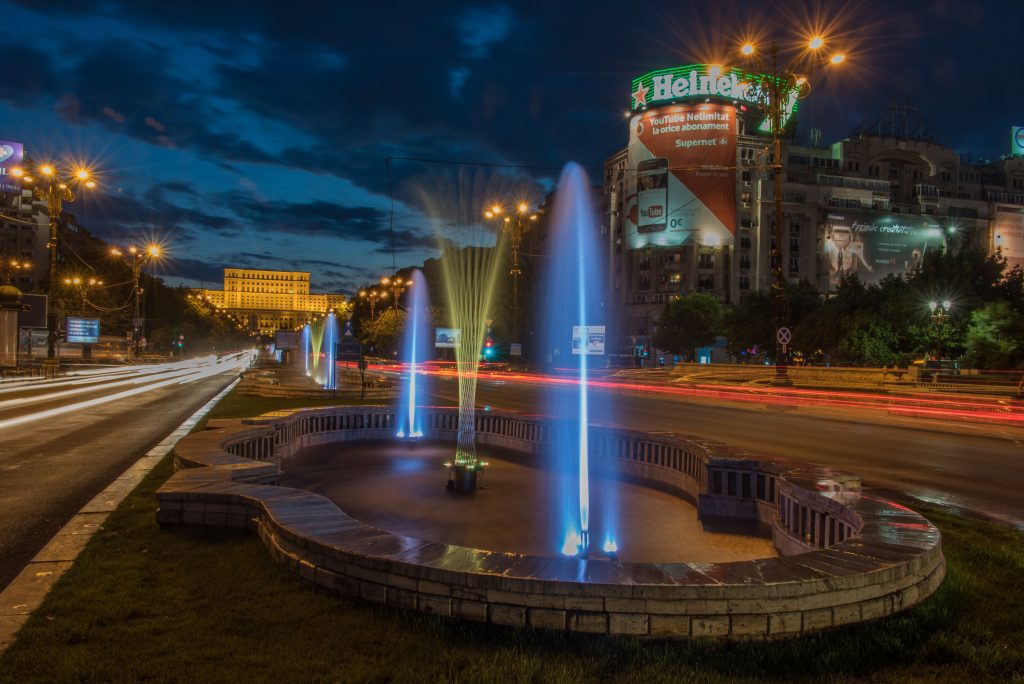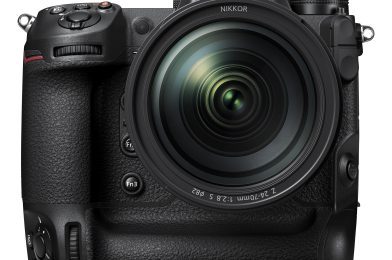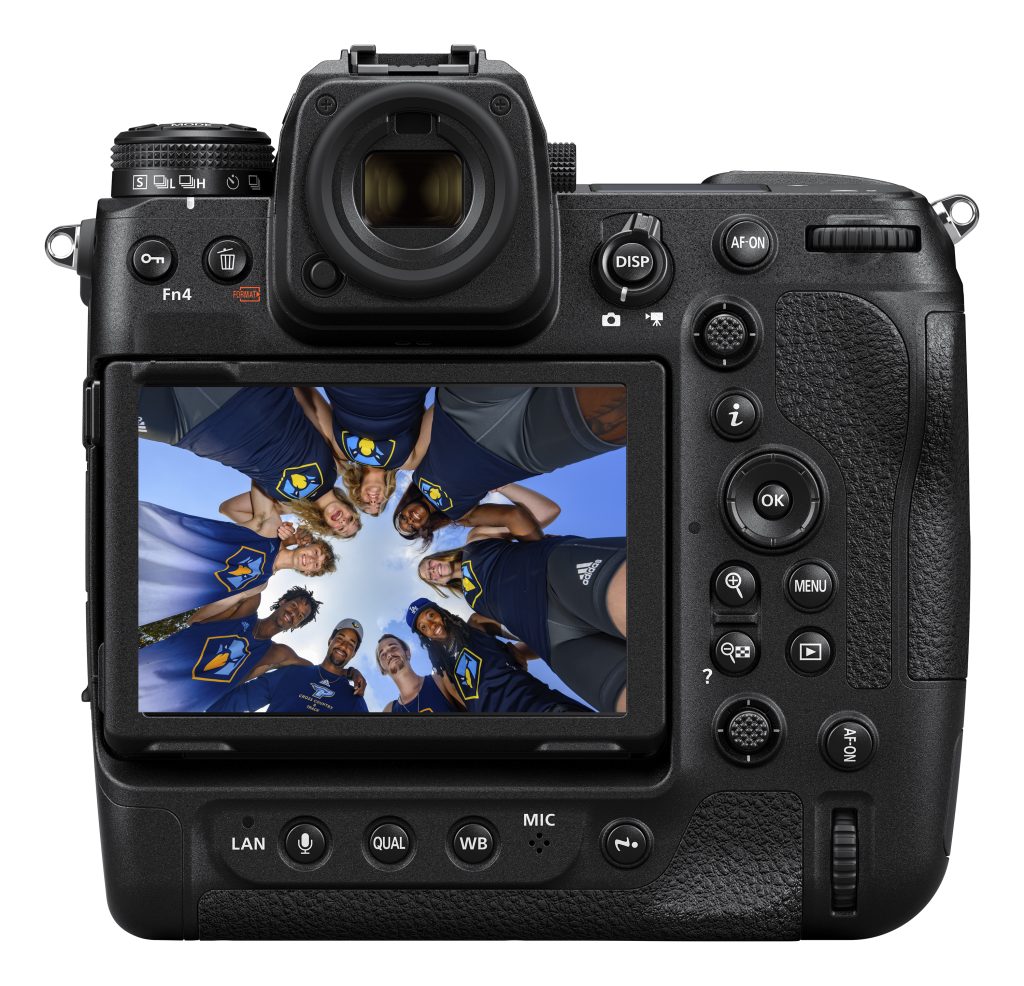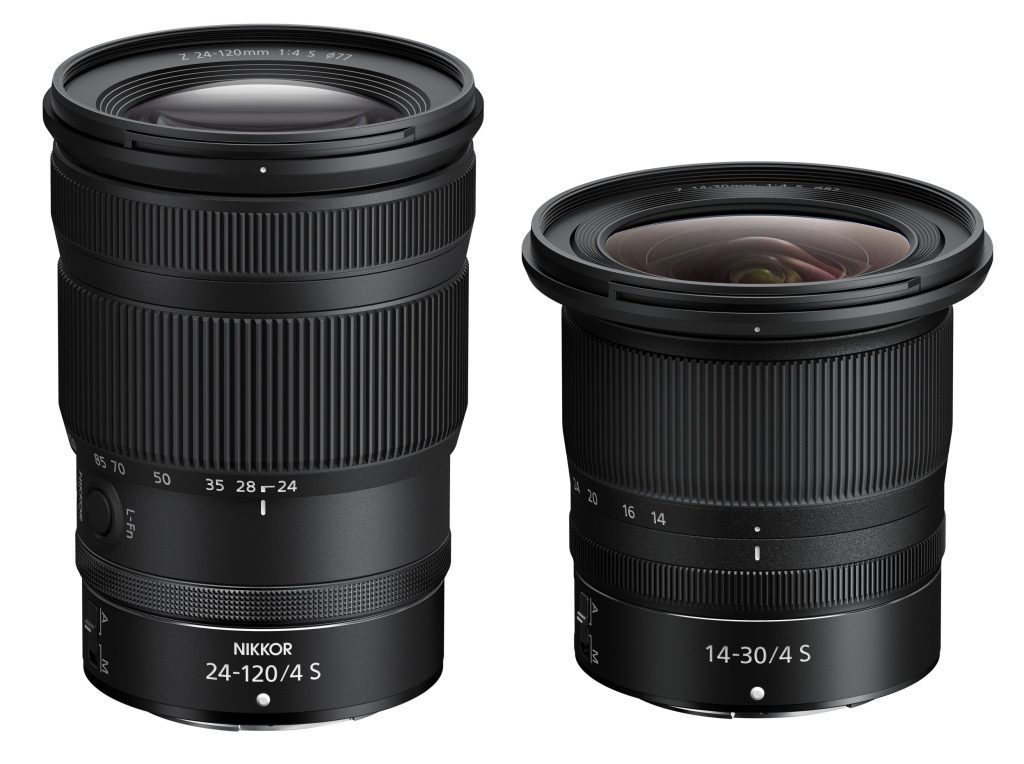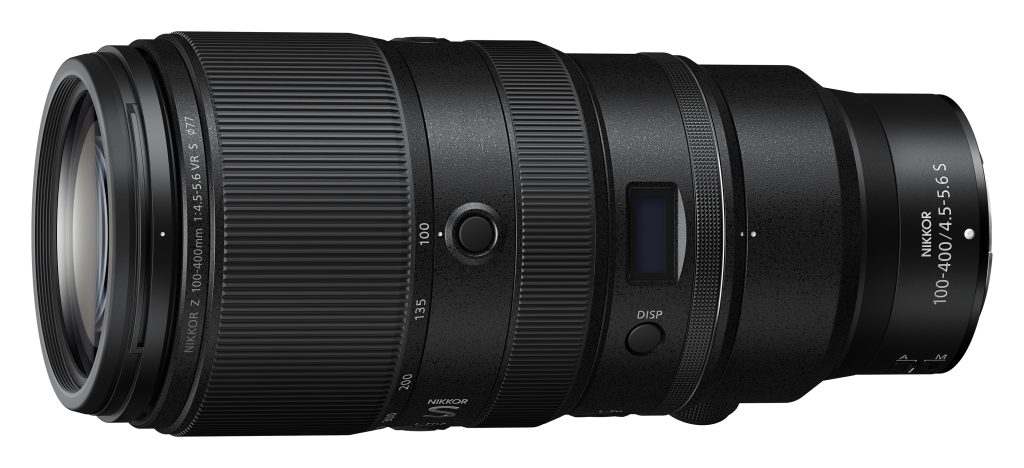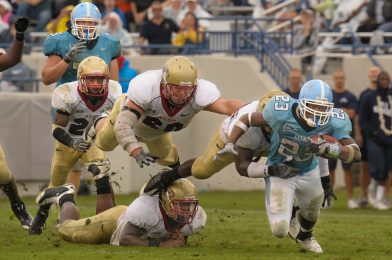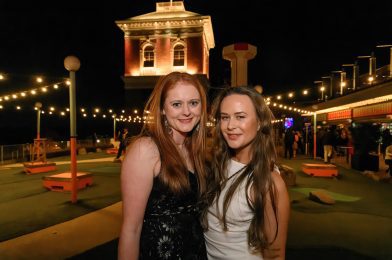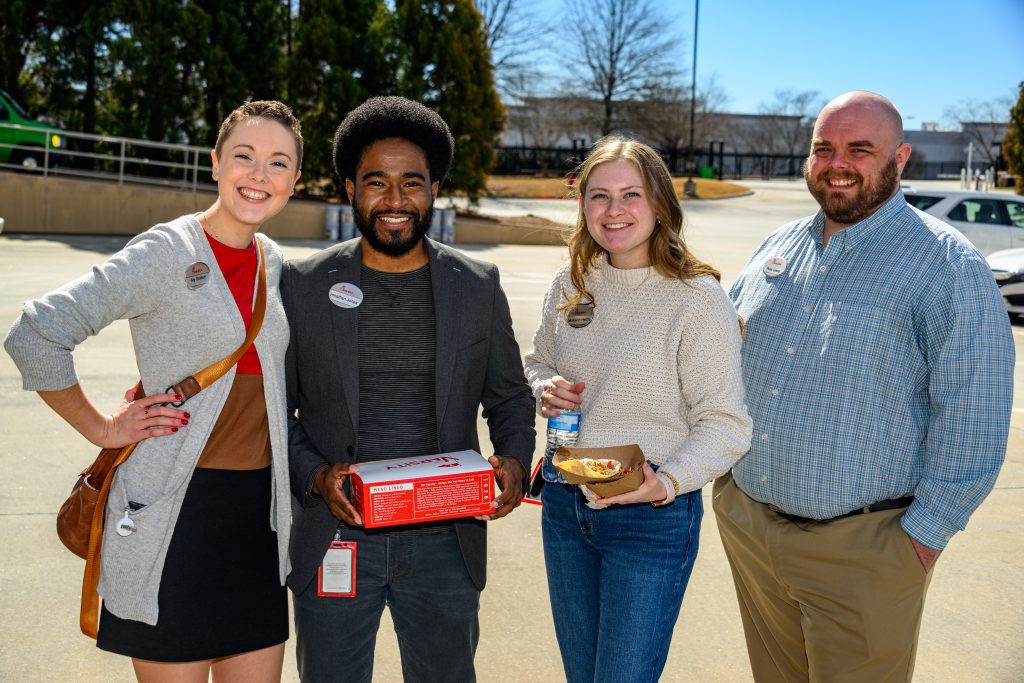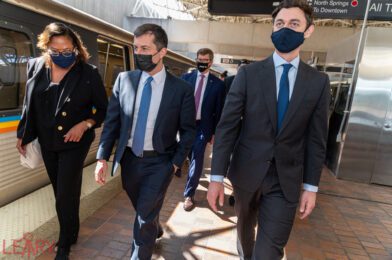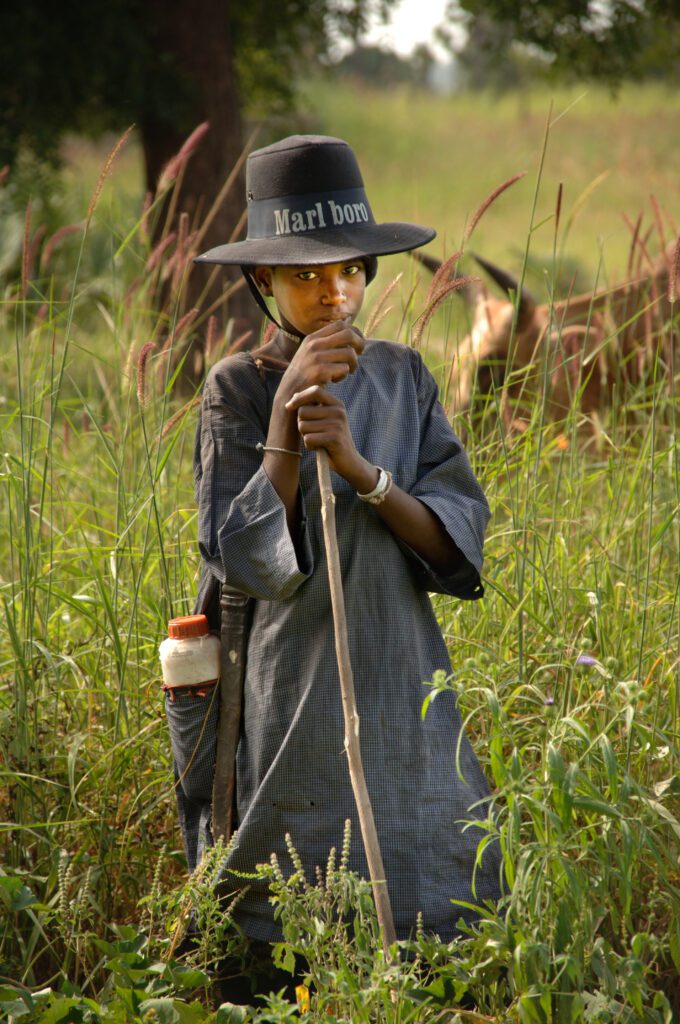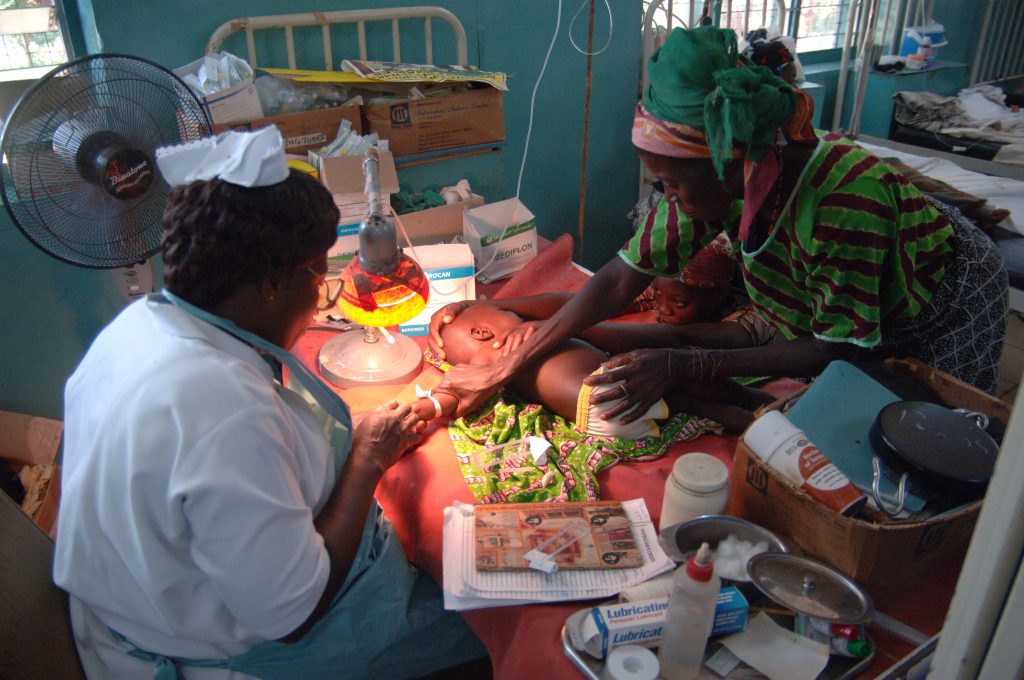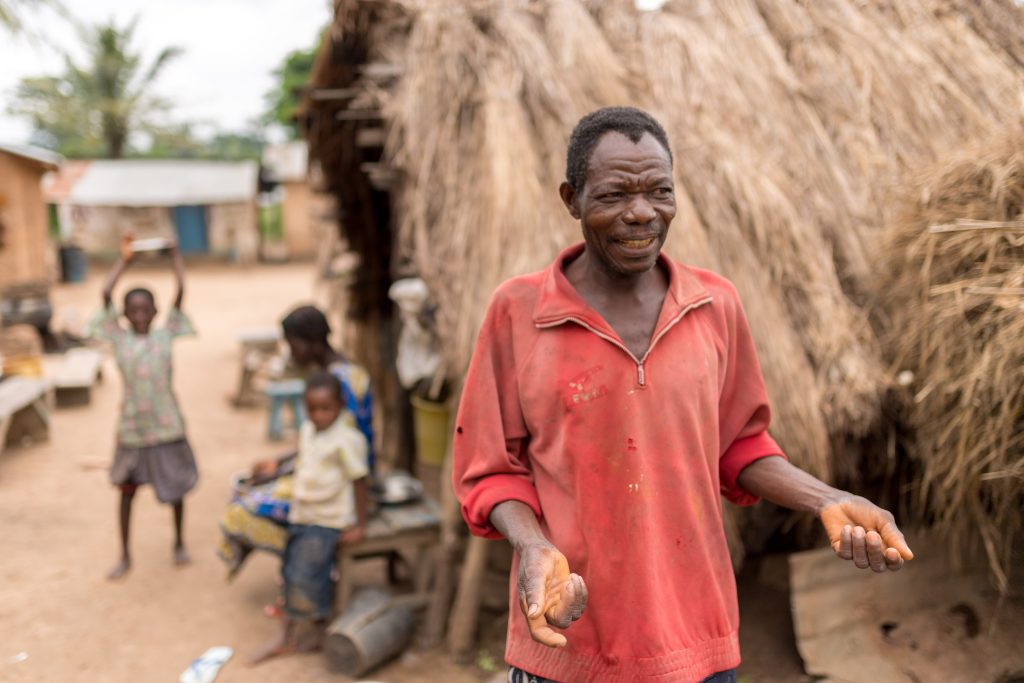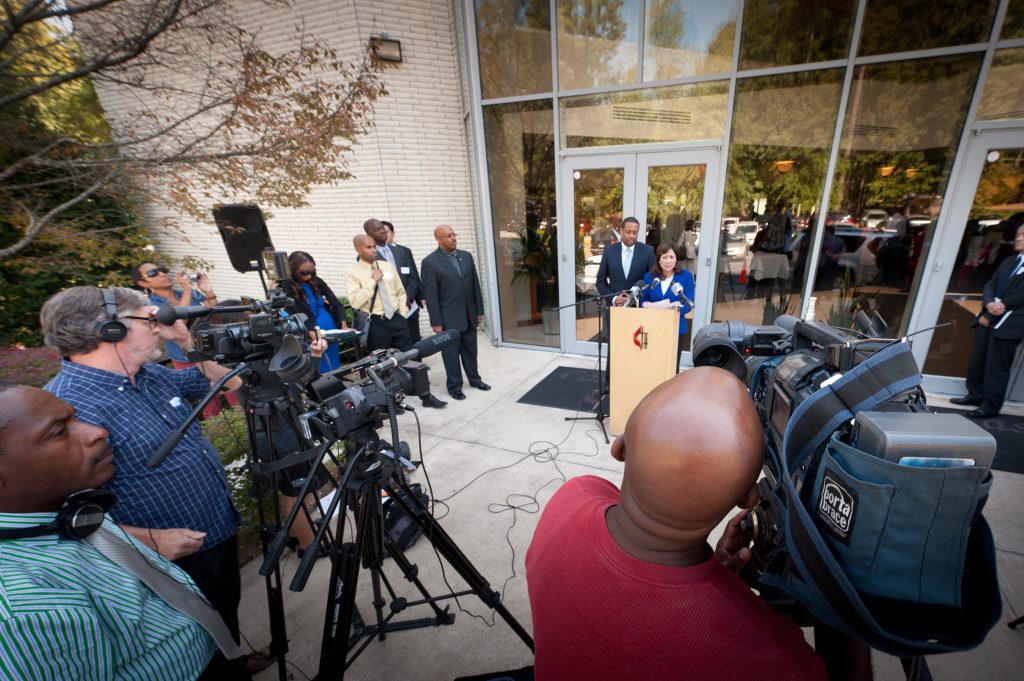Over the past week, Southwest Airlines has shown us why reinvestment into a company needs to be balanced with pulling profits out of business. Unfortunately, through the years, some of their leadership didn’t focus enough on reinvestment, and now they are paying the price in more ways than one.
What Is The Mistake Of Concentrating On Profits?
Trying to make a business profitable and pulling out profits is a common goal for many business owners. After all, the ultimate goal of a company is to generate revenue and turn a profit. However, there are times when trying to make a business profitable and pulling out profits can backfire. Here are a few reasons why:
- Ignoring long-term sustainability: If a business owner is focused solely on making a profit in the short term, they may make decisions that sacrifice long-term sustainability. For example, cutting corners on product quality or neglecting to invest in necessary maintenance and upgrades can lead to problems down the line.
- Failing to reinvest profits: While it’s essential to generate profits, it’s also important to reinvest a portion of those profits into the business. This can include investing in new equipment, expanding operations, or conducting research and development. Refraining from reinvesting profits can limit a business’s growth and make staying competitive in the long run challenge.
- Alienating employees: If a business owner is solely focused on making a profit, they may need to pay more attention to the well-being and satisfaction of their employees. Unfortunately, this can lead to high employee turnover and a hostile work environment, ultimately harming the business.
- Losing sight of the company’s mission: If a business owner is too focused on making a profit, they may lose sight of the company’s mission and values. This can lead to a disconnect between the business and its customers, ultimately harming the business.
In conclusion, while making a business profitable and pulling out profits is essential, it’s important to consider the long-term sustainability of the company and the well-being of employees and customers. A business can achieve long-term success by balancing profit and sustainability.
Why A Good Reinvestment Strategy Leads To Long Term Profits
Reinvestment, also known as plowing back profits, uses a portion of a company’s profits to reinvest in the business rather than distributing the profits to shareholders or owners. This can make investing in new equipment, expanding operations, or research and development.
For many businesses, reinvestment is integral to their growth and success. Here are a few reasons why:
- Reinvestment allows a business to stay competitive: By investing in new equipment or technology, a company can improve its efficiency and productivity, which can help it remain competitive in its industry.
- Reinvestment can lead to future growth: By investing in new ventures or expanding operations, a business can set itself up for future growth and success. This can help a company achieve long-term sustainability.
- Reinvestment can improve the value of a business: When a business is seen as a good investment, it can attract investors and increase the company’s value. This can be especially important for small businesses looking to expand or go public.
- Reinvestment can help a business weather economic downturn: By having a solid foundation and resources to draw on during difficult times, a business that has reinvested in itself can be better prepared to weather economic downturns or shifts in the market.
While reinvestment is essential for many businesses, it’s also crucial for business owners to consider the balance between reinvestment and distributing profits to shareholders. For example, a company that consistently reinvests all of its earnings may not be attractive to investors, as they may not see a return on their investment. Therefore, business owners need to consider their business’s needs and their shareholders’ expectations when deciding on the appropriate level of reinvestment.
Overall, reinvestment is essential for businesses to consider as they strive for growth and success. By investing in their operations and future growth, companies can set themselves up for long-term sustainability and success.
What Photographers Can Do To Reinvest
Photographers can reinvest in their company in several ways to improve their business and increase their chances of success. Here are a few ideas:
- Invest in new equipment: Upgrading your camera, lenses, and other equipment can improve the quality of your work and make you more competitive.
- Expand your services: Consider offering additional services, such as photo editing or video production, to increase your revenue streams.
- Invest in marketing and advertising: Marketing and advertising can help you reach new customers and increase your visibility. Consider investing in social media marketing, email marketing, or print advertising to promote your business.
- Invest in education: Continuing education can help you stay up-to-date on the latest photography techniques and technologies. Consider attending workshops, taking online courses, or joining a professional organization to continue learning and improving your skills.
- Invest in your website: A professional-looking website can be a powerful marketing tool for photographers. Consider investing in a custom website design, adding a portfolio of your work, and optimizing your site for search engines to attract more customers.
- Invest in networking: Building relationships with other photographers, industry professionals, and potential clients can be a great way to grow your business. Consider joining a photography group or attending industry events to make connections and expand your network.
By investing in these areas, photographers can improve their business, increase their visibility, and set themselves up for long-term success.


